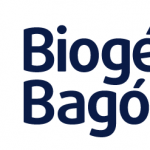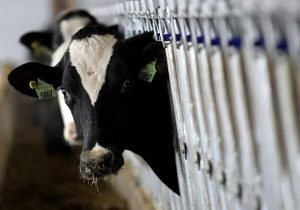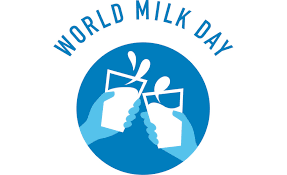
Fito and Luis Alberto have written songs about it, immortalizing those snacks in which Piluso’s grandmother called us to drink milk.
Milk is good, it is cultural, it is ancestral, it is the best food ever designed and nature has made it!
It is the vital liquid that nourishes us from our first minute on Earth, that marks our childhood, and protects our health and memories for the rest of our lives.
Today, June 1st, we celebrate milk in Argentina and all over the world.
The benefits of milk for our organism are indisputable:
- It provides energy, proteins, vitamins and minerals.
- It has high amounts of calcium, magnesium, selenium and B complex vitamins.
- Its nutrients are highly bioavailable, as opposed to other foods of vegetable origin.
- It is an important source of iron, essential for growth and cognitive development and immune system in children.
- In adults, it helps prevent osteoporosis.
- Its potassium content helps control blood pressure and prevent cardiovascular diseases.
- The amino acids it contains boost the immune system.
- It favors the formation and regeneration of tissues during growth, pregnancy, surgery, burns or fractures.
- It is the histratant drink par excellence.
- It contains tryptophan, amino acid precursor of serotonin, which promotes pleasure, relaxation and better sleep quality.
A bit of history
Milk is also a fundamental element in the history of all cultures around the world.
Only newborns drank milk as early as 9,000 BC, and by the end of the 19th century it became common among adults. By the 19th-20th centuries, everyone, child or adult, included milk in their dietary routine, considering it a delicious, healthy and safe food.
It was only then that nutrition developed as a scientific discipline and milk shone with its own light in a varied and balanced diet, and its consumption and that of its derivatives was recommended with at least three servings a day.
Dairy diversity
Milk is a staple food of animal origin, produced by the females of various animals such as sheep, goats, mare, donkey, camelids, yak, buffalo, reindeer and elk.
In some countries, such as India and Pakistan, more buffalo milk is consumed than cow milk. In other countries such as Mongolia and Nepal, more yak milk is consumed. In some African countries such as Kenya and Tanzania, the most popular milk is goat’s milk. In some European countries such as France and Italy, the most traditional cheeses are made from sheep’s milk.
The diversity of dairy products is enormous and varies between regions and countries, with their different eating habits and milk manufacturing technologies, market demand and social and cultural circumstances. But in one way or another, milk is always there.
Milk, rurality and the economy
Milk is a cog in the world food system and economically sustains rural areas that live off dairy farms in many communities, regions and countries.
According to FAO, about 150 million people are involved in milk production worldwide, which increased by more than 59% in the last three decades.
The largest
The European Union was the world’s largest producer of cow’s milk in 2022. Together, the 27 countries that make up the EU produced nearly 144 million metric tons that year. The United States and India ranked second and third respectively (Source: Statista).

Dairy consumption is good for you. Let’s close our eyes and listen again to Piluso’s grandmother calling us: Dairy consumption is good for you. Let’s close our eyes and listen again to Piluso’s grandmother calling us: “Let’s drink our milk”.
Happy and nutritious World Milk Day!
Valeria Hamann





















